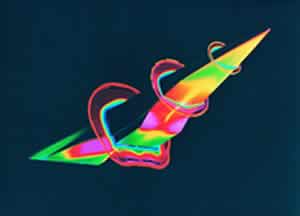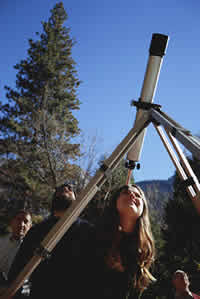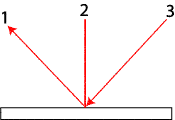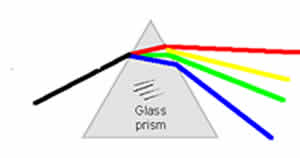Week 15 - Explanations, Inventions & Investigations About Light and Vision
.
Introduction
|
Light and Optical Systems
The sense of sight is extremely important to us, as it provides us with a large part of our information about our world. We are all familiar with light - or think we are. Our eyes respond to the light we receive from objects all around us. Right now you are receiving light from the computer screen you are looking at and in the illustration below you are likely seeing various shades of red, yellow, green and blue against a black background.
The subject of light will occupy us for this unit. We see objects in two ways:
Welcome to the wonderful world of light!
|
||||||||||||
Lesson 1
|
Lesson 1: Challenges
Science in Action 8
Read pages 176 - 181 and make notes in your notebook.

Some of the earliest recorded studies of the nature of light dates back to the times of the ancient Greeks - somewhere in the sixth century B.C. Lets examine the thinking of some prominent scientists: Pythagoras (from ancient Greek times) thought that light was actually beams that came from a person's eyes. When these beams reached an object, the person would see it. The trouble with his theory was that we cannot see in a completely dark room even though our eyes are open. Aristotle (another ancient Greek) thought that light consisted of waves that came from a light source and graveled to the eye. He thought that these waves moved like ripples on water. The seventeenth century A.D. was a very productive time for scientists examining the nature of light. Many discoveries were made on how light travels and how fast it travels.
1. Light is a form of energy.
2. Light travels in straight lines 3. Light travels at a fixed speed.
Here is a neat web site that discusses some of the properties of light.  |






